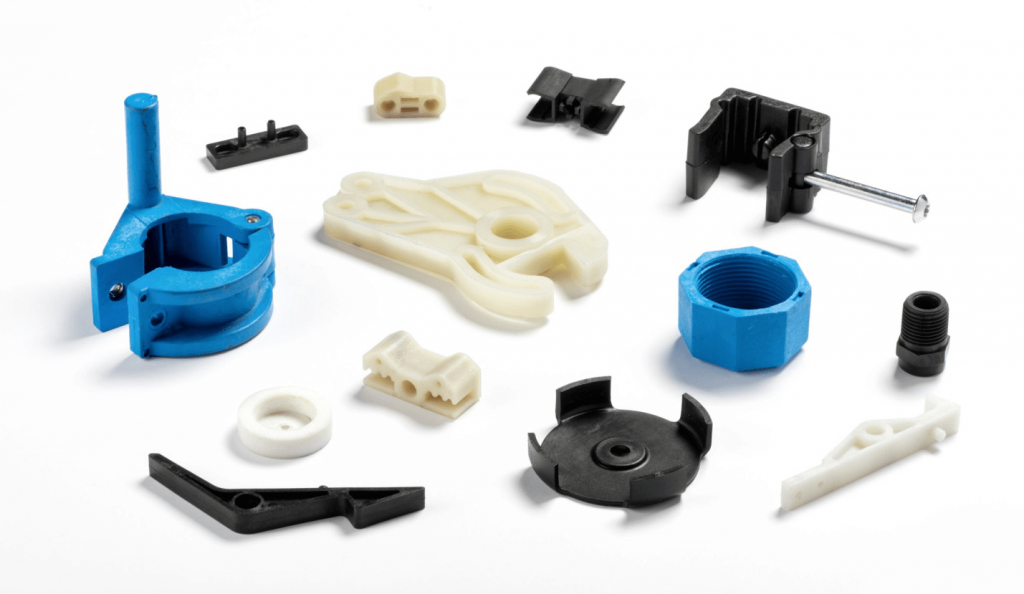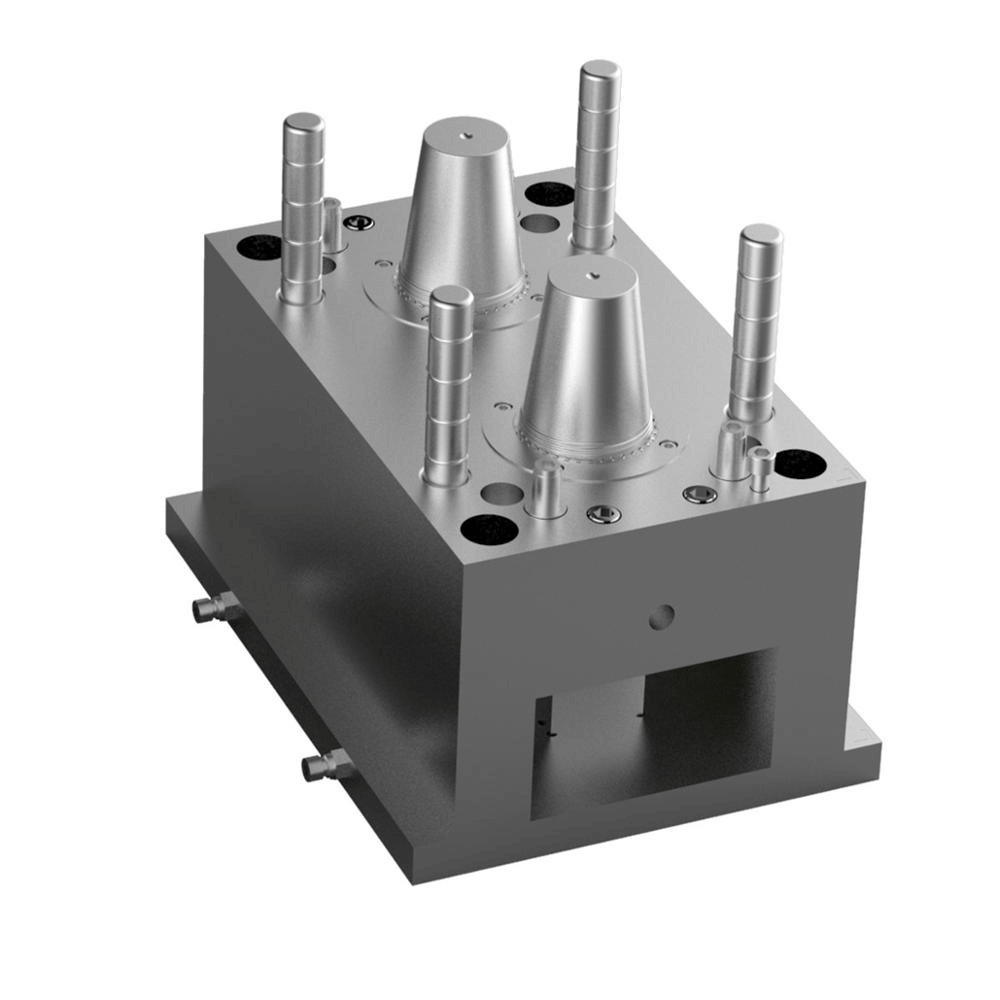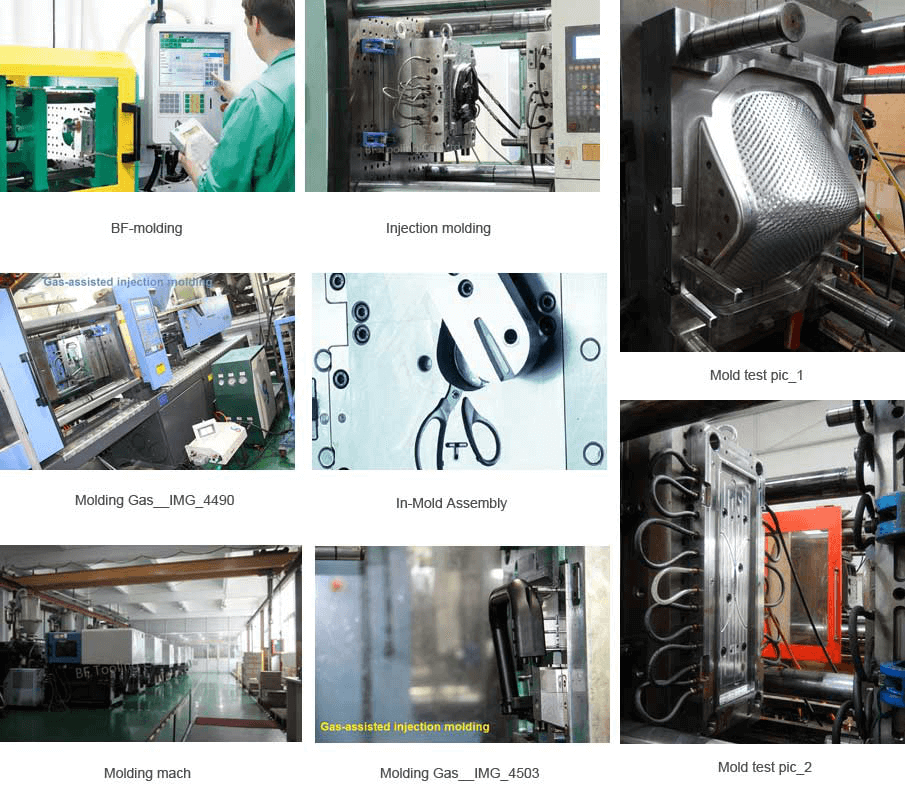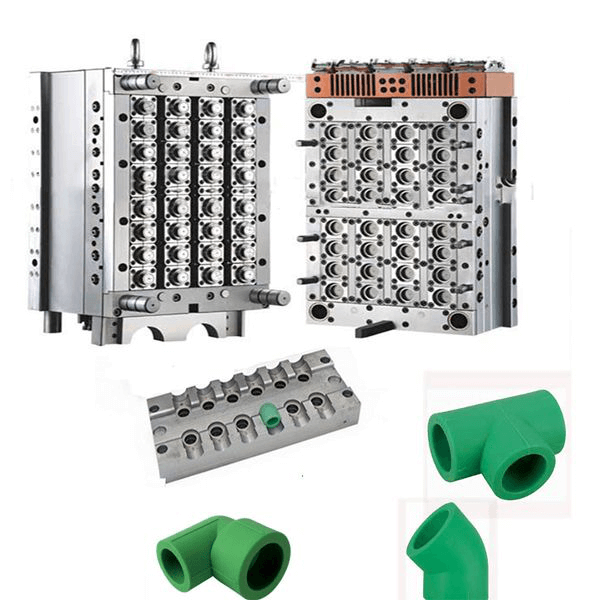What is hdpe mold and hdpe injection molding: (hdpe molding guide 2020)
What is hdpe mold and hdpe injection molding: (hdpe molding guide 2020)

Injection Molding: Future of Industries
Today you can see the products which have created by using HDPE materials. Basically, all of our house hold articles have created with the help of HDPE materials. HDPE mold and HDPE injection molding has become the world’s most popular manufacturing process.
You can even see its most versatile production in your daily life accessories. Furthermore, HDPE has excellent properties that you can generally use it after recycling. Manufacturers are rapidly using with extreme versatility to produce your household objects. Such as, pipes, food containers, milk and water, auto parts and many, many more.
Moreover, the products which have created by HDPE are all around us but we never notice them. They are all the results of molding or injection molding. In fact, John Wesley was the person who introduced the molding technology in 1868.
He made billiard balls by requesting one of his dearest friends. Later 1n 1872 John and his brother Isaiah Hyatt patented their first injection molding machine. So, molding technology had actually introduced since 1800’s. But it has made growth from its beginnings to since now.
At first it only produced very small and simple objects. But today all products relating to,
- Industrial
- Medical
- Consumer
- Residential and
- Aerospace are manufacturing with the help of molding.
Hence, injection molding now has become our essential need. And we cannot even imagine producing any plastic or metal product without it.
So, in this guide, you will read about molding, injection molding and HDPE mold and HDPE injection molding in brief.
What is molding?
The process of shaping pliable or liquid materials into a specific shape with the help of a special rigid frame has known as molding. Furthermore, a mold actually is a hollowed-out block.
And you can easily create mold objects in this hollowed-out block. However, you can also use several raw materials to manufacture different products. These materials are:
- plastic
- metal
- glass
- Ceramic, etc.
What is the process of molding different objects?
In the process of molding, manufacturers put the liquid into the mold machine. This liquid has ability to set inside the mold machine and hence it adopts the required shape of your product. So, it is really simple process, just take an object which you want to make.
First you will create its impression with the help of another material which has known as a mold. Furthermore, you need a soft material for creating the shape of a mold. Additionally, in the next step pour or spread this soft material around the model. It usually takes time to become hard and this time has technically known as the “set time”.
Moreover, the process of making the mold cab is different because it totally depends on the material and shape of the model. For complex or very tiny model you will have to use two-part silicone mold. It has capability to cast complicated and smaller miniscule art easily.
Additionally, all the complex and miniscule molds consist several pieces which make a complete mold by joining together. Although they are expensive but really essential for creating the shapes
What are the different types of molding?
Molding has several different types. Moreover, it totally depends on the requirements and demands of your clients to select among these different kinds of molding. All the kinds are important and have special importance according to your needs. These kinds are:

- Powder metallurgy molding
- Compression and blow
- Extrusions molding
- Injection molding
- Matrix molding
- Transfer molding
- Thermoforming molding
What is injection molding?
In injection molding, you can manufacture many different parts with the help of injecting molten material into a mold. As you know that it is actually an important kind of molding. Today it is one of the most common used manufacturing methods for several advantageous reasons.
In the injection molding machines, you can simply heat the material and convert it into a liquid form. Later it will transfer into the shape of a mold or shape which you require. It is very valuable for consumer product development sectors because it is a best HDPE mold and HDPE injection molding.
Furthermore, the HDPE products are all around us. We are rapidly making use of these products as our household items. As it has the great resemblance to the method of injecting the hot liquid by making use of a syringe. So, this is the reason why it has assigned the name of injection molding.
What are the applications of injection molding?
Manufacturers are making use of injection molding for several years. But now they have got that generally injection molding is extremely cost-effective.
However, you can actually use it for high-volume manufacturing operations. In addition, it is also applicable for complex and small parts. These complex parts actually need,
- high performance
- high strength
- Cost efficiency.
You can easily create large parts of auto machines with the help of large molding machines. And smaller machines are best to create special and precise parts for the use of surgical applications.
So, manufacturers mostly use injection molding to create several parts for,
- electronic appliances
- telecommunications
- auto parts industries and so on.
How many types of injection molding machines are?
In fact, injection molding is really effective and economical for creating several thousand parts per year. Moreover, the tooling process generally takes 12-16 or more weeks for large production purposes. But it totally depends on the type of machine which you are using for the production of products.
Which material is used in injection molding?
Furthermore, in injection molding you can use many different materials. These materials are:
- glasses
- metals
- confections
- elastomers, etc.
But the most important and common materials are:
- thermosetting polymers
Mostly injection molding has used the material of plastic. Because plastic is synthetic or artificial material. And manufacturers use different injection molding machines to make several simple or complex objects.

Top ten extremely popular injection molding materials of today are:
- High-Density Polyethylene (HDPE)
- Nylon (Polyamide)
- Polycarbonate
- Polyoxymethylene (POM)
- Polypropylene (PP)
- Acrylic
- Thermoplastic Polyurethane (TPU)
- Acrylonitrile Butadiene Styrene (ABS)
- Polyethylene (PE)
- Polystyrene (PS)
What is hdpe?
HDPE stands for High-density polyethylene resins. Basically, manufacturers are widely using HDPE for its great benefits. This material is generally best for the following molding techniques:
- injection molding
- blow molding
- rotational molding.
However, you can also get its great advantages in extrusion film applications for example:
- garbage
- deep-freezer bags
- grocery, etc.
In fact, the best suited technique for HDPE material is HDPE mold and HDPE injection molding.
HDPE has also known as PEHD. Furthermore, PEHD stands for polyethylene high-density. Actually, polyethylene thermoplastic has created from petroleum. It provides you the wide versatility in manufacturing several products. In addition, it has extremely high strength-to-density composition.
Moreover, all these special features have made HDPE most popular plastic. HDPE is a kind of special plastic that you all have in their homes as many household items.
What is HDPE mold and HDPE injection molding?
Basically, the molding process in HDPE injection molding is injection molding. And its main process is as under
First of all, you have to melt the material which you are going to mold. Then pour it into the mold. In the mold it becomes harden. In this way the products have taken out and we get the final design. With the help of HDPE injection molding we can shape even complicated and small shapes more quickly.
Additionally, with the help of this process we can manufacture our mass production very easily and more rapidly. Therefore, nowadays almost all industries depend on HPDE mold and HDPE injection molding to manufacture all their products.
Advantages of HDPE in HDPE mold and HDPE injection molding
HDPE has splendid qualities as well as it is cost efficient. It totally suits your budget whether it is low or high. Furthermore, HDPE has extremely economical material selection for your next products demand or for mass production purposes.
In addition, its 6 most beneficial advantages are:
- Light-weight
- Hygienic
- FDA-approved
- Weather-resistance
- Recyclable
- Malleability
What are the various uses of HDPE?
Today, manufacturers are using HDPE in almost all our daily using products. You can see its uses from industrial to residential items.
HDPE gives its best benefits when we mold it using molding. You can convert it according to your needs in many different,
- styles
- sizes
It has particular optimal strength and linear structure. So, it is best in several extreme environmental stresses.
The special properties of HDPE in HDPE mold and HDPE injection molding
Generally, HPDE and HDPE injection molding has countless positive features because it is a,
- strong
- durable
- low density plastic.
And it has special capability to resist in high temperatures. Moreover, its exceptional HDPE properties are:
- Tough
- versatile
- perfect chemical resistance
- Lightweight
- extremely low gravity
- medical and FDA also available.
6 different kinds of HDPE mold and HDPE injection molding technologies
Here are some most popular technologies of modern age. Furthermore, by using these molding techniques you can actually create your products with high precision and a rapid speed. In addition, these technologies are:
- Thin Wall Molding
- Liquid Silicone Injection Molding
- Metal Injection Molding
- Gas-assisted Injection Molding
- 3D Printing
- Unique Material Formulations.
Hence, you have a huge choice in selecting the HDPE molding technologies which suits your products demands.
What are the typical applications of HDPE mold and HDPE injection molding?
The typical uses of products which manufacturers create by using HDPE mold and HDPE injection molding are:
- storage vessels
- seal caps
- for containers in refrigeration units
- household goods
- kitchen items
- bases for PET bottles.
What are the industrial applications of HDPE mold and HDPE injection molding?
HDPE is more reliable for industrial products and manufacturers are rapidly using it in their items. Moreover, HDPE has more flexibility so it is an ideal choice for manufacturing products which are related to industrial products. so, these items are,
- Construction relating products
- Pipe thread protectors
- Hardware
- Medical application.
What are the consumer applications of HDPE mold and HDPE injection molding?
High Density Polyethylene plastic is extremely flexible and reliable and can be molded in any shape. So, it is also the first choice of the manufacturers of consumer products.
Hence, its consumer products are:
- Storage containers
- Appliances
- Toys
- Milk crates
- Sporting goods.
Furthermore, it also has FDA grades and hence ideal for food storage products and infants’ toys. Medical industry is also relying on HDPE products because of its FDA grades and highly precision qualities.
Why HDPE mold and HDPE injection molding is ideal for everyday uses?
HDPE (High Density Polyethylene) items that have created by HDPE mold and HDPE injection molding technology are perfect for your every single day. People have realized its exceptional properties. Moreover, HDPE is also a special resin for assembly and packaging.
These advantageous features have made it one the most widely used plastic. Manufacturing industries from all over the world are now depending and relying on HDPE products. It has great versatility and you can create splendid items even for your mass production.
Hence, HDPE plastic products are best not only for industrial uses but our everyday requirements and needs are also depending on it. In addition, its everyday uses are as follows:
- Swimming pool materials
- Plastic pipes
- Hard hats
- Plastic bottles
- Folding chairs and tables
- Kitchen items
- Decorating accessories and many more.
Conclusion:

Hence HDPE Plastic products which has made with the help of HDPE mold and HDPE injection molding are highly beneficial for all kinds of our needs. Today, we are totally trusting and depending on HDPE material. Because they are,
- highly efficient
- more durable
- cost effective and extremely resistant.
Basically, HDPE introduced in the UK in 1930s. At first it had used for radar cables during WWII. Later, in the US, it was commercially introduced and so the action begins. Furthermore, its popularity starts since then. And Its era of development began to rise high and high which will actually never end.



